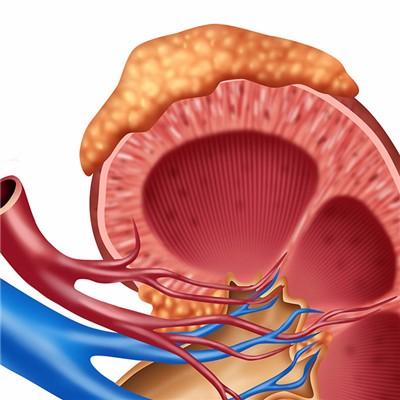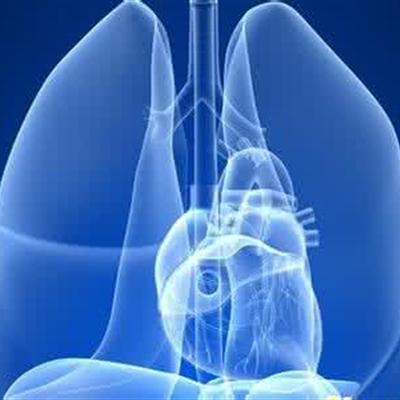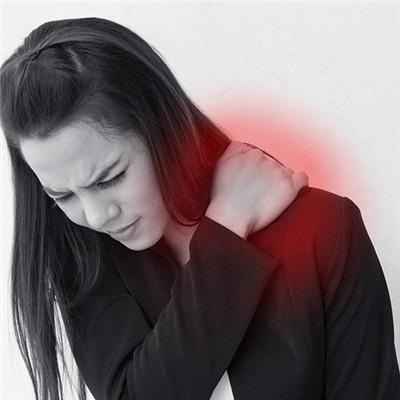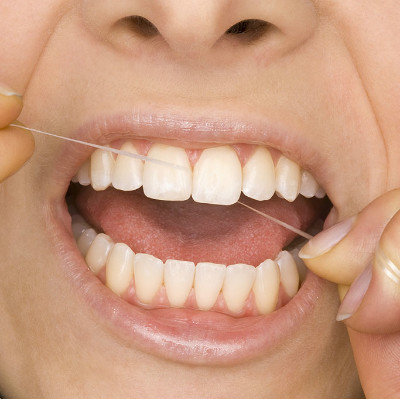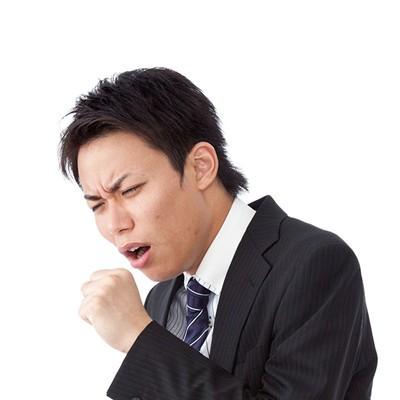What symptom is dermatitis?
summary
Dermatitis is a general term for skin inflammatory diseases caused by various internal and external infection or non infection factors. It is not an independent disease. Its etiology and clinical manifestations are complex and diverse, and it occurs repeatedly, so clinical treatment is difficult. The concept and classification of dermatitis and eczema is one of the controversial issues in dermatology academic circles. In the past, they were used as synonyms without strict distinction. For example, some people called atopic dermatitis atopic eczema. What symptom is dermatitis? Let's talk about it
What symptom is dermatitis?
The manifestations were erythema and edema, accompanied by papules, papules, blisters, erosion and exudation. The center of the lesion is often heavy and gradually spread to the surrounding. The pathological manifestations are edema between epidermal cells, spongy formation and blisters in the epidermis.
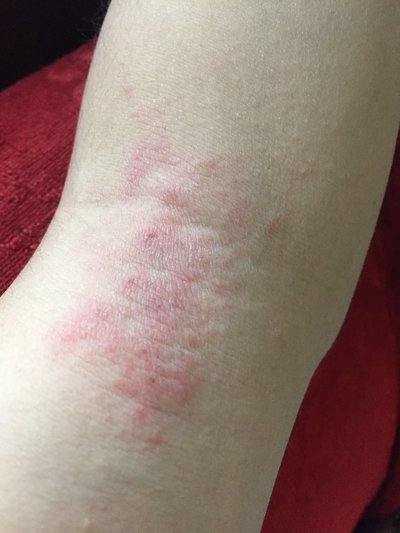
The skin is rough, hypertrophic, and leathery, with fresh moss, pigmentation or hypopigmentation, histopathological epidermis thickening, spinous layer thickening, dermal papillary lymphocyte infiltration. Hand and foot eczema can be accompanied by nail changes. The rash is generally symmetrical distribution, often repeated attacks, self-conscious symptoms for itching, or even itching.
Some patients can coexist at the same time, and some dermatitis does not have to go through three stages. The above clinical stages do not indicate the etiology or pathogenesis, but according to the etiology, location and clinical characteristics, the dermatitis that can be classified and diagnosed can be called classified dermatitis (eczema), such as silting dermatitis, seborrheic dermatitis, etc; For patients with clinical characteristics of dermatitis and eczema and can not be further classified as unclassified eczema (Table 1), different kinds of dermatitis and eczema have relatively specific clinical characteristics.
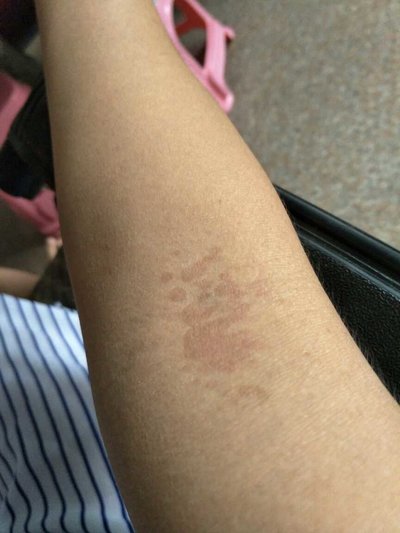
matters needing attention
Follow the use principle of external medicine. In the acute stage, glucocorticoid cream can be used for less exudation, and 3% boric acid solution can be used for cold and wet compress for more exudation; Glucocorticoid emulsion and paste can be used in subacute stage, and antibiotics can be added to prevent secondary infection; In the chronic stage, ointment, hard ointment and film were used; Intractable localized lesions can be treated by intradermal injection of glucocorticoid.
